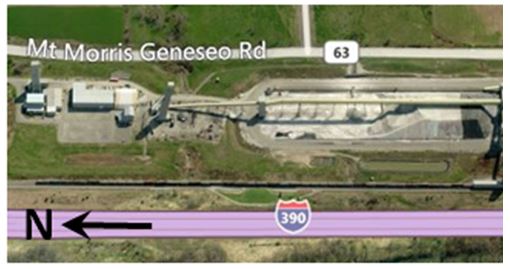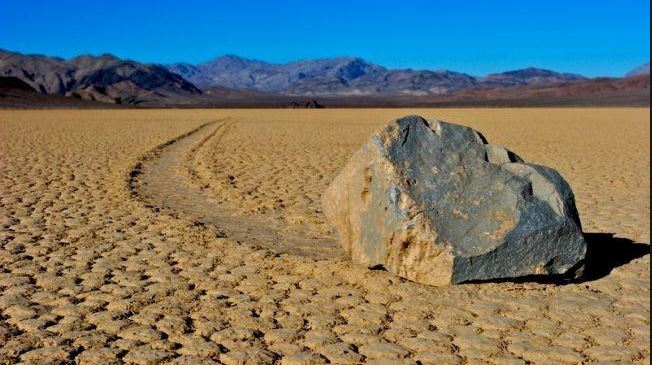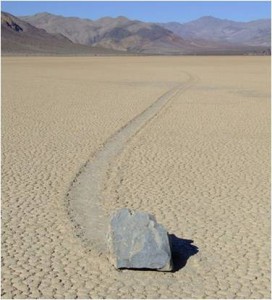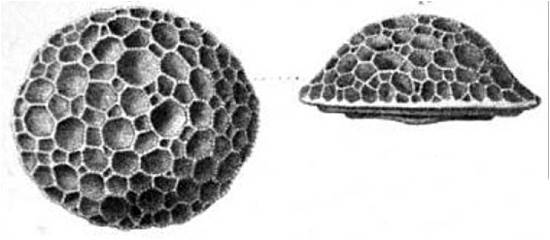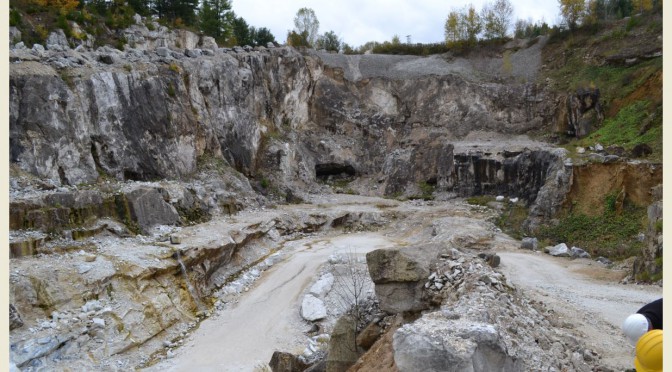Article I wrote for January, 2015 WCGMC News
The cold has arrived and the snow has covered our favorite collecting sites, but that does not mean that we cannot read about them. There are even novels written about some of the fossil-rich sites in western New York. In this case, a children’s novel, set in the prized fossil location, Kashong Glen.
Cynthia DeFelice, a nationally known writer of children’s books, attended William Smith College in Geneva and never left the area. She was a school librarian in our club’s home town of Newark in the 1980’s and now claims she does most of her writing from a second floor room in her home in Geneva overlooking Seneca Lake. She has authored over 30 children’s books including a series of ghost stories featuring Allie Nichols, who is a 6th grader when she encounters a ghost in Kashong Glen near her home.



